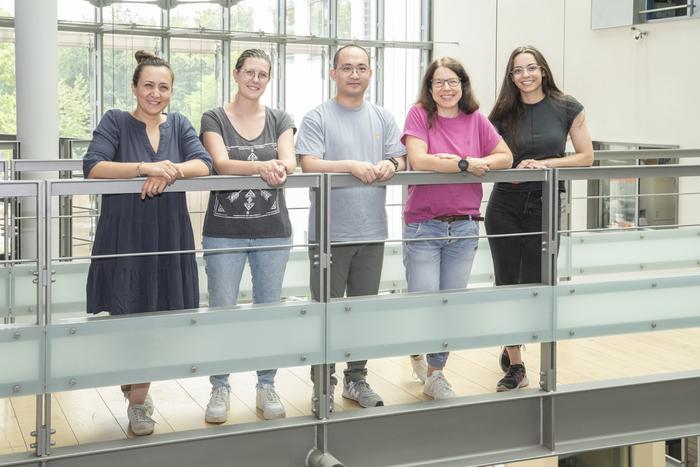Newly identified causative mutations the keratin gene, KRT31 may pave the way for improved diagnosis of monilethrix, according to research in the British Journal of Dermatology.
Monilethrix is a rare congenital form of alopecia that usually begins in the first few months of life. It mainly affects the area at the back of the head, ranging from little hair loss to complete hairlessness within a family. Recurring knots of normal thickness give the affected “spindle hair” the appearance of a sheaf of pearls. The constrictions in between break very easily.
In dominantly-inherited monilethrix, mutations in the three keratin genes KRT81, KRT83 and KRT86 are known to be responsible for the disrupted keratin network, which plays an important role in building the hair structure.
Researchers at the University of Bonn in Bonn, Germany investigated four families with suspected monilethrix in which no mutations were found in the three known genes. The team carried out exome sequencing on six affected family members. They found a so-called nonsense (stop) mutation in the KRT31 gene in all six affected individuals, which leads to premature termination of the synthesis of the protein. With additional sequencing, they were also able to find this mutation in the other affected family members. “Even though the affected families from Germany do not know each other and come from different regions, we were able to show that this mutation most likely originated in a common ancestor and was subsequently passed on over many generations. It remains to be seen whether this mutation can also be found across Europe or even worldwide, but it is likely,” says first author Xing Xiong, a doctoral student at the University of Bonn’s Institute of Human Genetics at the University of Bonn, in a news release.
The researchers took a closer look at the function of KRT31. The protein encoded by KRT31 is involved in the formation of skin cells. These proteins assemble into polymeric fiber proteins and thus form the supporting framework for the cell. If there are defects in these proteins, skin and hair diseases develop. Investigations under the microscope using immunofluorescence showed that the “normal” KRT31 is localized in the cytoplasm, while the mutated KRT31 is mainly found around the cell membrane.
Researchers also analyzed the structure of the protein and possible effects of the stop mutation. As a rule, two keratin molecules as heterodimer in a double pack always align their ends with the ends of other heterodimers, and that by forming so-called disulfide bonds. The team believes that inclusion of KRT31 in diagnostic gene panels for hair, skin and nail diseases will improve diagnostics for those affected by hair loss.
PHOTO CAPTION: (from left) Dr. Buket Basmanav, Nicole Cesarato, Xing Xiong, Prof. Regina Betz and Yasmina Gossmann find causative mutations in the keratin 31 gene for the dominantly-inherited form of monilethrix.


